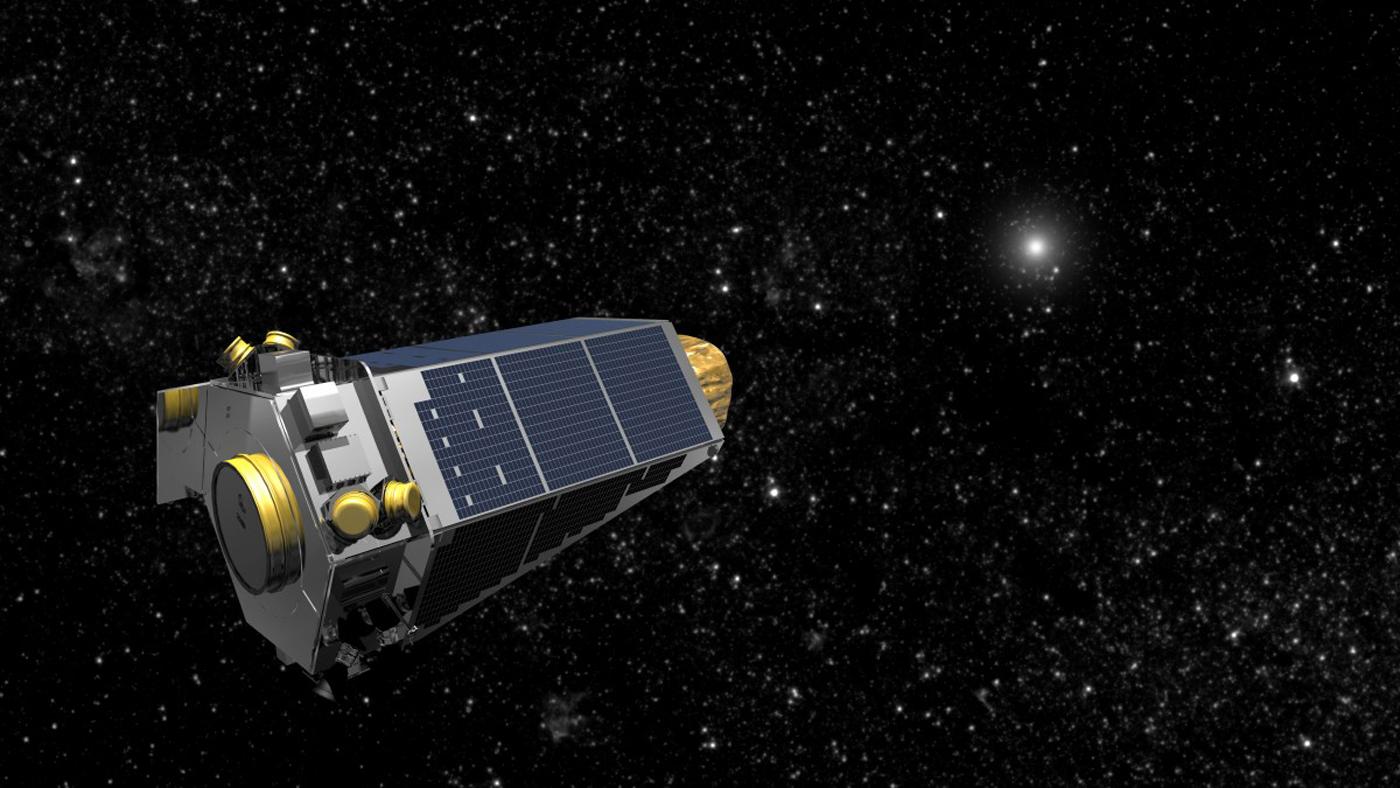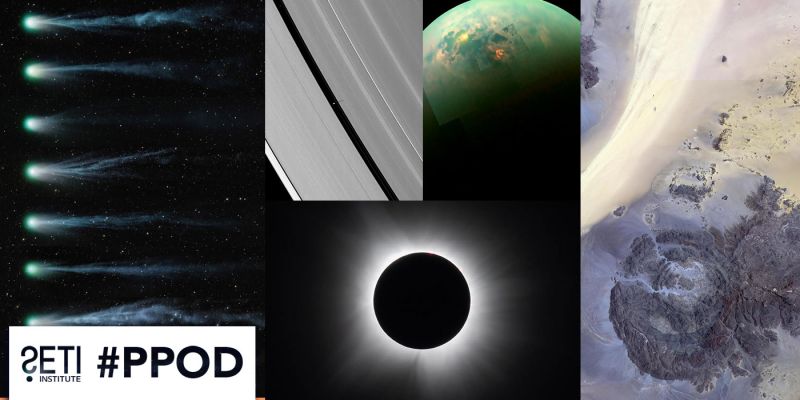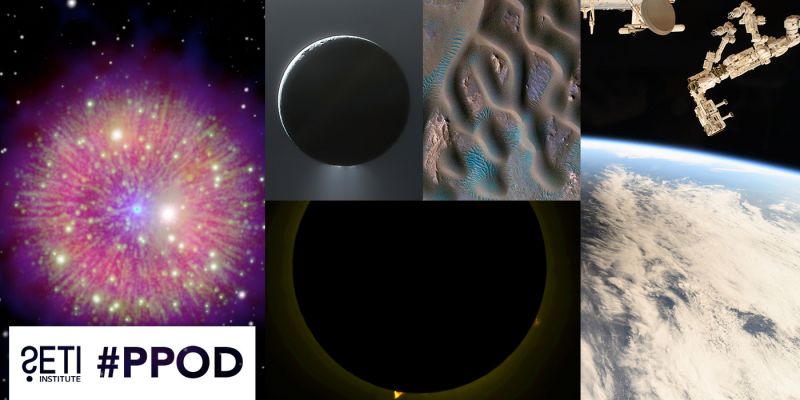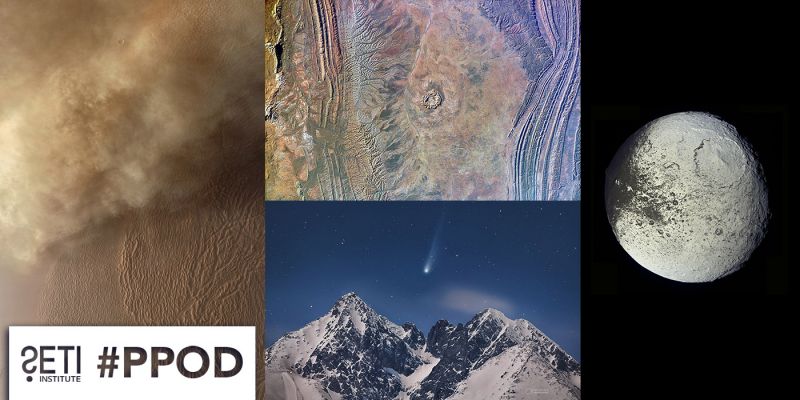The final list from the Kepler Space Telescope of stars with potential Earth-like planets.

Kepler, the space observatory launched in 2009, has completed its final search through the data collected from its first four years of operation. During this time, we observed ~200,000 stars, almost continuously, looking for the small change in brightness that occurs when a planet passes between the star and us. This is what we call a transit. Kepler has found a plethora of diverse planets in this way, from hot lava worlds to planets around binary stars. Most importantly it has shown us that small terrestrial worlds are common in our Galaxy. Now with this last search we have given scientists the tools they need to answer how many of these terrestrial-sized worlds are in one-year orbits around sun-like stars. In other words, in the terms of Frank Drake’s famous Drake Equation, this catalog is capable of telling people the fraction of stars with a planet similar to Earth, also known as eta-Earth.
This final catalog of planet candidates was created using our most discerning automated techniques that uniformly searched and sorted signals. We then used those same techniques to search data with known transit signals and determined how often we missed finding planets. This is the undercount of our survey or the completeness of the catalog. We also searched data with only noise to determine how often we mistook noise for planets and measured the overcount, or the reliability of the catalog.
This catalog provides a handful of terrestrial sized planets in the habitable zone of a sun-like star. These detections, along with our measured overcount and undercount, will allow us to extend Kepler’s ability to perform an accurate survey of earth-analogs in the Kepler field of view and thus determine eta-Earth. Even though we now have the pieces to solve this puzzle, scientists will likely spend the next couple years discussing how to put them together to get a definitive number.
Prior to Kepler’s launch in 2009 we did not know if there were terrestrial worlds out there that we could travel to. Now that we know they are common, it is natural to turn our sights to the next questions. How many of these terrestrial worlds are habitable? How many have a breathable atmosphere, or an ocean for fish to swim in? NASA’s next missions, such as the James Webb Space Telescope (JWST), will begin to sort out some of these questions by measuring the atmospheres of planets around other stars. And in the process, we may begin to discover just how unique, or common, or our own world actually is.
For more information about the Kepler mission catalog, click here.





